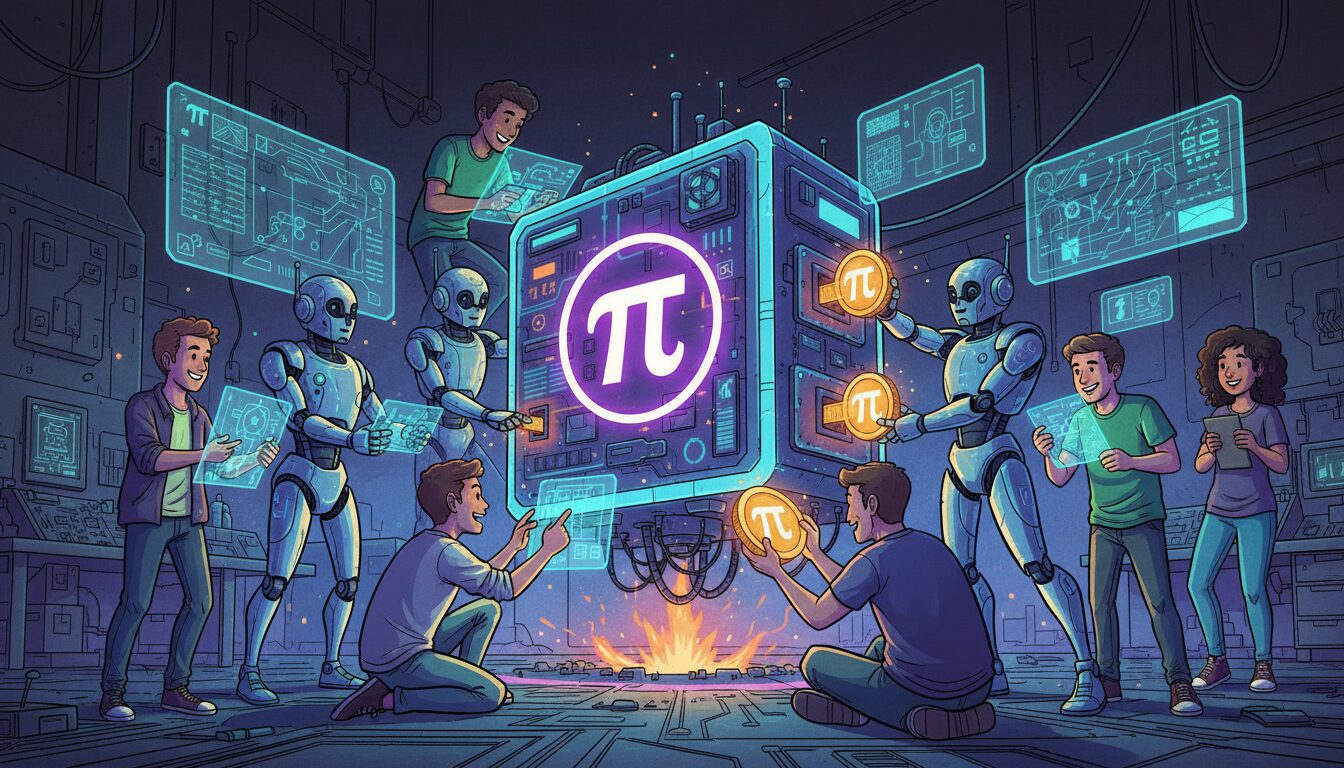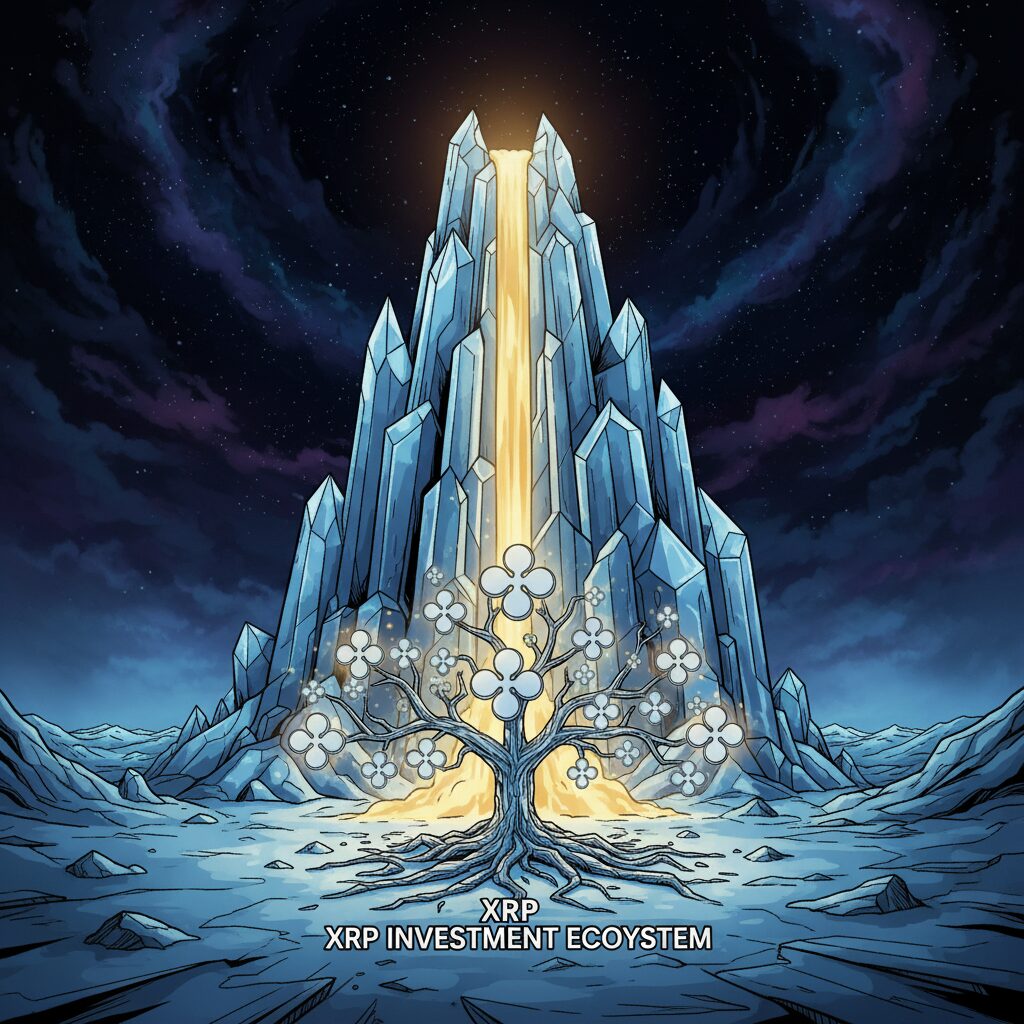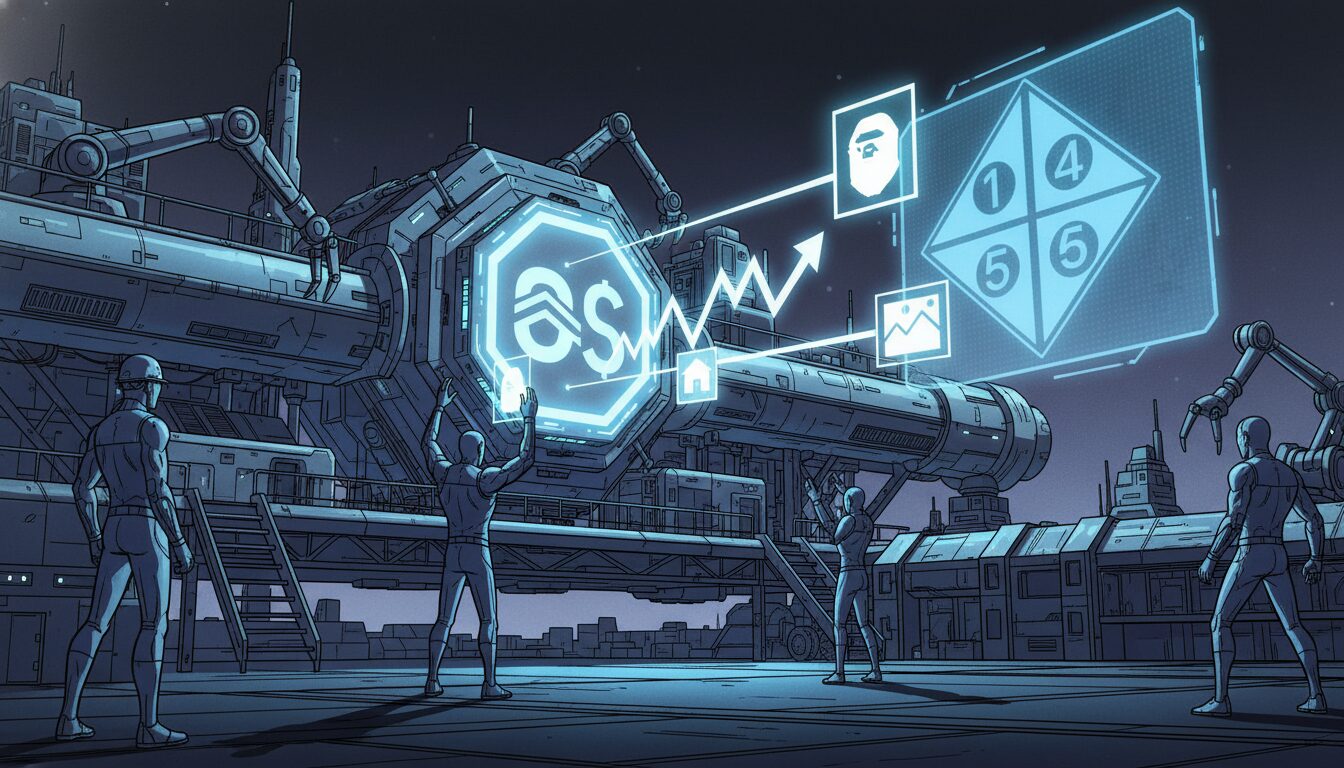Pi Network Enhances App Studio to Boost Developer Tools and Coin Utility

Upgrades to the Developer Experience
Pi Network has rolled out a series of significant upgrades to its Pi App Studio, aiming to expand the utility of Pi Coin and strengthen its developer ecosystem. The updates are designed to make creating and customizing applications on the platform more accessible and efficient.
With the latest changes, developers can now access the Pi App Studio directly from the main navigation bar within the Pi Desktop application. This streamlines the workflow for starting new projects or modifying existing ones. Key features in this release include an AI-assisted creation suite to provide more creative flexibility and a new discovery hub. This hub allows users to browse applications, select their favorites, and stake Pi to support promising projects.
Broader Ecosystem Expansion
Beyond the App Studio, Pi Network has been actively expanding its core functionality. Earlier this month, the project integrated Decentralized Exchange (DEX) and Automated Market Maker (AMM) capabilities into its Testnet. This provides developers with the necessary tools to safely test token trading and liquidity pooling within a controlled environment.
In another move to improve user onboarding and security, the network launched a Quick KYC system. This initiative is expected to accelerate user verification, resolve issues related to token claims, and allow more participants to engage with the Pi ecosystem securely and with less friction.
Future Outlook and Protocol Choices
While the recent developments are focused on immediate utility, discussions about the network’s long-term strategy continue. According to industry analyst Mr. Spock, while adopting the Stellar Consensus Protocol (SCP) was a practical choice for scalability, developing a proprietary blockchain protocol could offer greater long-term benefits for the network.
Spock noted that the decision to use SCP has led to some public confusion, with some incorrectly assuming that Pi is built directly on the Stellar (XLM) blockchain. In reality, Pi only utilizes a similar consensus mechanism, not Stellar’s underlying architecture. However, this connection could still create opportunities in the tokenized asset market, particularly as Stellar deepens its involvement with regulatory platforms like the ERC-3643 Association.











